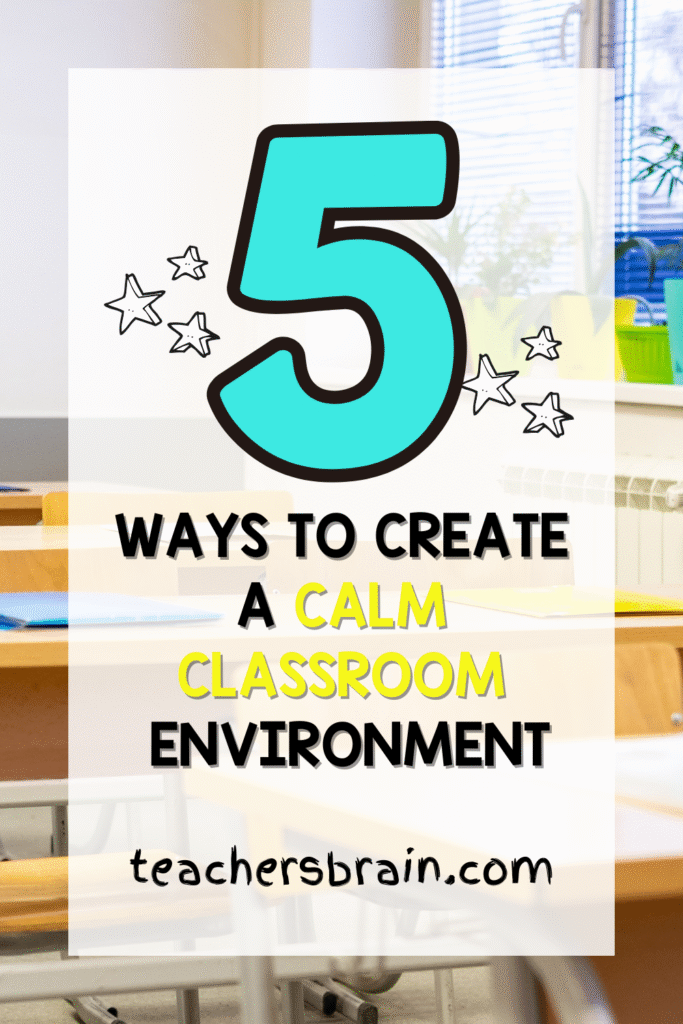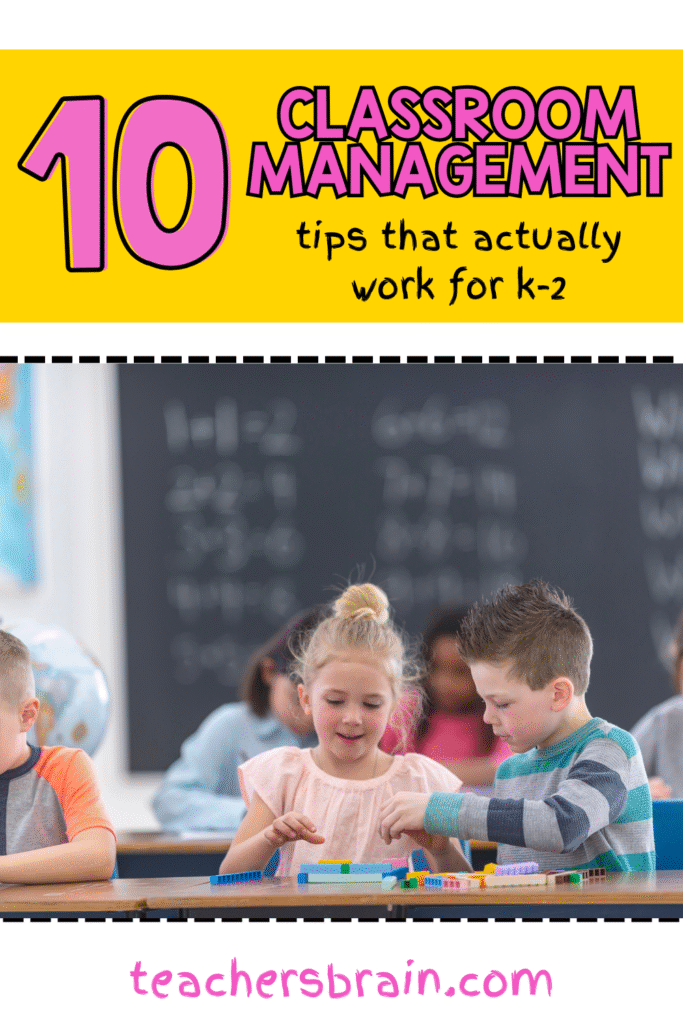5 Ways to Create a Calm Classroom Environment

A calm classroom can make a huge difference in how your students feel and how smoothly your day runs. When kids feel safe, focused, and settled, learning just happens more naturally. Here are five simple ways to create a calm, supportive classroom, plus a few resources to make it even easier. 1. Have a Predictable […]
10 Classroom Management Tips That Actually Work in K–2

Let’s be real, classroom management in kindergarten and first grade is a skill all its own. Between the wiggles, blurting, and constant questions, you need strategies that are simple, consistent, and actually work with young learners. Whether you’re a brand new teacher or just looking to refresh your approach, here are 10 tried-and-true tips for […]
10 Must-Haves for a Smooth First Week of Kindergarten
The first week of kindergarten is exciting, busy, and—let’s be honest—a little chaotic. Between managing emotions (theirs and yours!), setting routines, and building classroom community, there’s a lot to juggle. But with the right tools and mindset, that first week can be smooth, successful, and even fun. Here are 10 must-haves to help you and […]
5 Benefits of Using a Visual Schedule in Kindergarten and First Grade
As a kindergarten and first-grade teacher, I’ve discovered that a visual schedule is incredibly helpful in my classroom! These colorful, picture-based timelines provide the structure that young learners thrive on. What are the benefits of using a visual schedule in the classroom? Here are some of the key benefits of using it in early elementary […]
